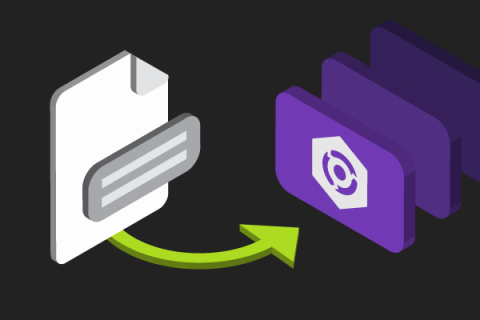DataOps, AIOps, and MLOPs
Over the past several years, there has been an explosion of different terms related to the world of IT operations. Not long ago, it was standard practice to separate business functions from IT operations. But those days are a distant memory now, and for good reason.











